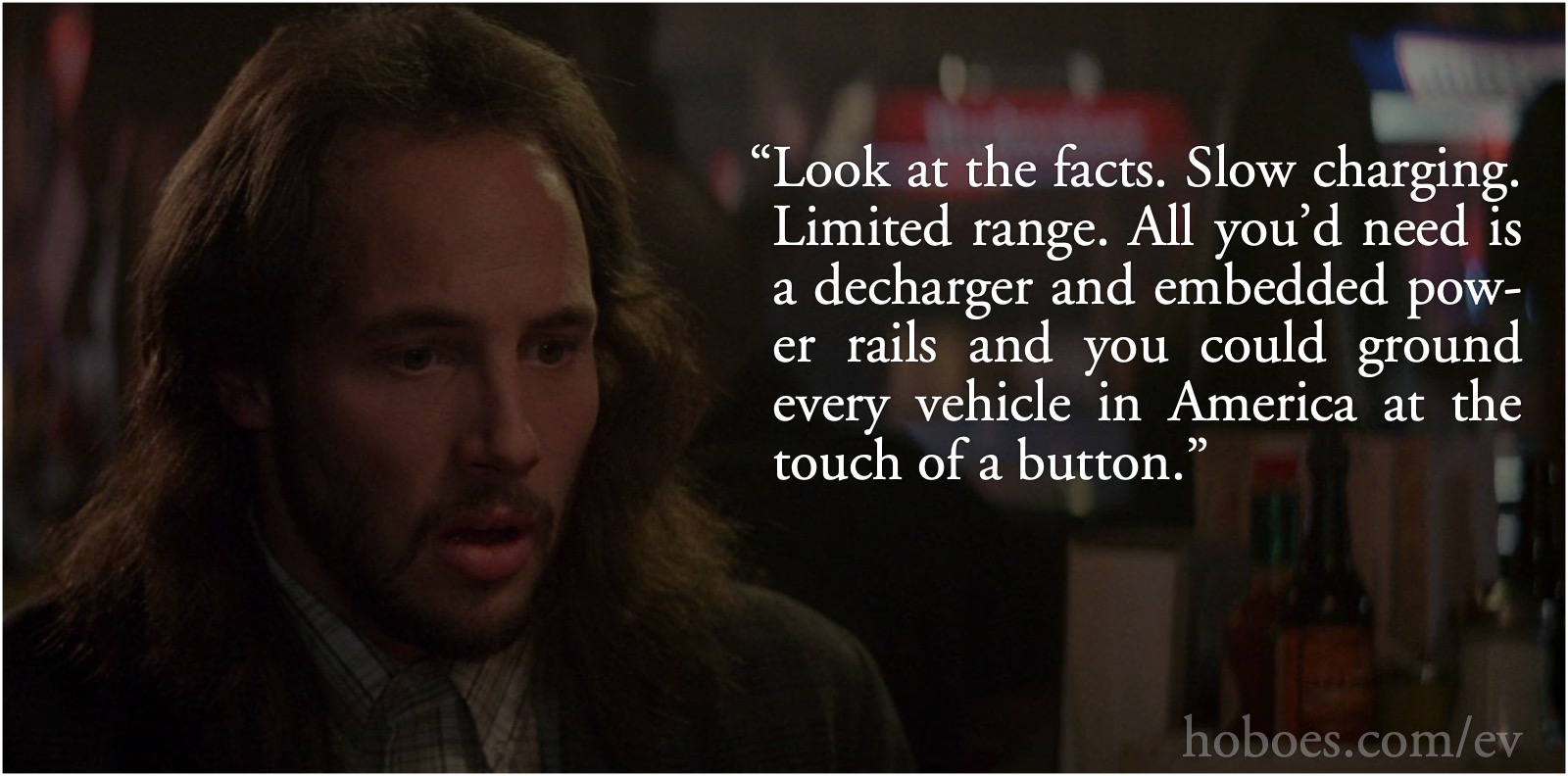- Refrigerator Revolution Revisited: 1947 Cold Cookery—Wednesday, February 19th, 2025
-
Like Montgomery Ward’s 1942 Cold Cooking, the Borg-Warner Corporation’s 1947 Norge Cold Cookery and Recipe Digest (PDF File, 10.2 MB) is marketed towards owners and potential owners of the company’s refrigerator. It’s not just a manual, but a cookbook full of reasons to use the product. While Borg-Warner was headquartered in Detroit, the Norge plant, according to this book, was across the state in Muskegon. Borg-Warner still exists; Norge long since hasn’t, although they seem to have continued in some form, probably in-name-only, up to 2006.
This is the third in a series about the first decades of the home refrigeration revolution. While I won’t be going past 1947 I will fill in some of the gaps between 1928 and 1947 with at least two more posts over the coming year. Here’s the series so far:
Revolution: Home Refrigeration
- Frigidaire, 1928
- Cold Cooking, 1942
- Cold Cookery, 1947 <-
The first part of Cold Cookery extols the wonders of the Norge “Rollator” refrigerator. It describes how to maintain the appliance and outlines how to use it: which shelves to store which kinds of food on, how to adjust the dial for freezing times, that sort of thing. The freezer section of this 1947 refrigerator was still tiny, though it did have a separate set of freezer shelves for ice cubes and frozen desserts in addition to the main freezer box.
It’s interesting what foods they considered important enough to mention. There’s a “double-width” storage space especially for “long stalk celery” and “rhubarb”. Rhubarb is one of my favorite hard-to-find items nowadays.
- Refrigerator Revolution Revisited: 1942 Cold Cooking—Wednesday, October 2nd, 2024
-
For all its reliance on gelatin, Cold Cooking (PDF File, 9.9 MB) has some wonderful recipes.
In the 1931-1946 editions of The Joy of Cooking, Irma Rombauer wrote at the start of her section on Bombes and Mousses:
Today similar recipes are to be found in any book on Iceless Refrigeration. Modern equipment has made these dishes commonplace, but for me they retain a certain glamour associated with distinguished company, conviviality and the easy flow of intellectual conversation.—Irma S. Rombauer, The Joy of Cooking, p. 689
By “iceless refrigeration” she meant electric refrigerator/freezers. It’s fascinating that she chose to capitalize the phrase, much like Frigidaire eschewed articles when referring to their refrigerator in Frigidaire Recipes in 1928. By 1942 (and then 1947 for my upcoming third installment) Montgomery Ward didn’t title their manual as if choosing their brand was a lifestyle choice, as Frigidaire had. They titled it “Cold Cooking” much as Osterizer would title their blender manual decades later “Spin Cookery”. It was an Appliance That Does Things. It Cold Cooks.
Revolution: Home Refrigeration
- Frigidaire, 1928
- Cold Cooking, 1942 <-
- Cold Cookery, 1947
In 1928, when Frigidaire included Frigidaire Recipes with their new refrigerators, about 65% of dwellings in the United States had access to electric service. Only 7.3% of farms did. The cost of electricity was, on average, about seven cents per kilowatt-hour.
- Batteries and Energy Storage—Wednesday, August 14th, 2024
-
“Maybe batteries aren’t the best way to store energy.”
Francis Turner has a slightly different take than I did on What will a useful electric car look like?. But he starts from a very similar observation, that most writers on battery-operated vehicles “are missing the point. We don’t want batteries, we want efficient energy storage.” And there is a mountainous difference between the energy storage needs of portable electronic devices and transportation devices, i.e., cars.
He also goes into something I only mentioned tangentially, which is that energy storage for evening out intermittent power sources such as wind and solar is so many orders of magnitude different than portable electronic devices that it’s crazy we’re even considering using the same storage technology to handle it. The money we’re spending on trying to shoehorn traditional batteries into storing grid-level power would be far more effective using other energy storage techniques—and unlike the energy storage needed for battery-powered vehicles, we already know what grid-level storage techniques can look like!
He also comes to the conclusion that, because gasoline is so comparatively useful at energy storage, the best “battery” for electric vehicles will be “synthetic hydrocarbons”, that is, man-made gasoline created from the energy generated by intermittent sources. I suspect that this overlooks how incredibly poorly-matched modern wind and solar technologies are to mass energy generation (in his defense he’s explicit about not discussing this), but when we do find a good means of generating mass intermittent power synthetic gasoline probably will be the best way to store it. As I wrote in a footnote to my post, “I wouldn’t be surprised if the eventual winning ‘battery’ technology ends up looking a lot like a synthetic gasoline.”
Francis Turner: Batteries and Energy Storage (#)
- Apple’s FiVe Minute Crush—Wednesday, May 15th, 2024
-

How out-of-touch do you need to be to see this as an uplifting, inspiring end to an ad featuring the destruction of human-like dolls and faces?
I didn’t mean to do two AI-related posts practically back-to-back like this, but Apple’s very dystopian iPad Pro ad brought up some other thoughts partly due to my having almost finished posting my series on Alan Moore’s dystopian V stories.
Now, I’d recommend not reading too much into this “interesting” choice of visuals. Part of the problem with the ad is nothing more than the age-old development of silence culture in any large and entrenched business. Apple is far from the brotherhood of pirates portrayed in Andy Hertzfeld’s Revolution in the Valley. I suspect a lot of people saw how painfully bad the ad was and simply chose not to stick their necks out.
My first encounter with this culture, in a very similar situation, was tangentially, by way of a Radio Shack toy called “Galactic Man”. I could have sworn I’ve mentioned this on the site before but I can’t find it now. When I was a young guitarist in Hollywood, I worked part-time at a Radio Shack near Hollywood and Vine. It was a fascinating view of the Hollywood industry from the borderline: desperate property masters would occasionally come in searching for some thing they suddenly realized they needed, like a giant gold-plated telephone or a boxful of D-cell batteries they’d run out of on set.
The store’s manager kept a box of unsaleable items in the back room. As an employee, you were free to take anything you wanted out of it. That’s where I found Galactic Man. Galactic Man was a transformer knock-off. He was a laser gun that transformed into a robot. It was actually kind of cool, except for one possibly insurmountable problem: where does the laser gun’s trigger go when the toy transforms into a robot?
- Artificial Intelligence Meets Tex Avery—Wednesday, May 1st, 2024
-
Late last year I had something called “ChatGPt2001” comment on a YouTube post of mine. It reads exactly like ChatGPt, so I’m assuming it was in fact an AI and not a parody of it.
The post the AI commented on is a seventeen-second clip from Tex Avery’s 1949 House of the Future cartoon. I joked that Avery was making fun of social media—long before social media existed. Alone among my handful of obscure YouTube postings, that clip probably attracted the attention of SkyNet because it is by far the most popular video I’ve put up. As I write this it has garnered 1,753 comments and “1M views” where my nearest runner up—a ten-second Lord of the Rings clip1—has 26 comments and “66K views”. Both are small potatoes in the video world, but the Tex Avery clip’s advantage is a literal order-of-magnitude difference in my subset of that world.
I titled the clip “The Internet predicted in 1949 by Tex Avery”, with the description:
From the Tex Avery cartoon, “The Home of Tomorrow”, the television not only answers questions, it tells questioners to shut up already, and bullies them to stop asking such questions.
The comment from “ChatGPt2001” was fascinating for its ability to completely miss the point:
There is no evidence to suggest that Tex Avery, the famous animator and cartoonist, predicted the internet in 1949. Tex Avery was primarily known for his work in the animation industry, creating iconic characters such as Bugs Bunny, Daffy Duck, and Droopy.
The concept of the internet as we know it today started to take shape in the 1960s with the development of ARPANET, the precursor to the modern internet. It wasn't until the 1990s that the internet became widely accessible to the public.
While science fiction writers and futurists like Arthur C. Clarke and Isaac Asimov made some accurate predictions about technology, there is no indication that Tex Avery made specific predictions about the internet in 1949. It's essential to be cautious about attributing future technological developments to individuals without proper evidence.
- Refrigerator Revolution Revisited: 1928 Frigidaire—Wednesday, December 27th, 2023
-

Enjoying the fruits of their Frigidaire.
Since writing Refrigerator Revolution I’ve picked up two other refrigerator cookbook/manuals, and I’ve written a script to scan cookbooks into PDFs. So besides covering three refrigerator manuals (1928, 1942, and 1947) in this series, I’ll also provide searchable downloads of them, so that you can see my sources for yourself.
Revolution: Home Refrigeration
- Frigidaire, 1928 <-
- Cold Cooking, 1942
- Cold Cookery, 1947
The oldest refrigerator manual in my collection, and the inspiration for this series, is the 1928 Frigidaire Recipes (PDF File, 15.5 MB). Like all three of these books, It’s both a manual and a recipe collection. It goes over the basic functions of the refrigerator, such as its dial for adjusting how quickly things freeze and how to defrost.
The Frigidaire book’s subtitle was “Prepared especially for Frigidaire Automatic Refrigerators equipped with the Frigidaire Cold Control.” That’s a very dry description of something you had to see to believe:
The primary purpose of Frigidaire Automatic Refrigeration is to preserve food. In this capacity it is today preventing needless food spoilage and safeguarding health in hundreds of thousands of homes throughout the world. But there are many other services which Frigidaire offers.
The delicious frozen desserts and salads which may be prepared with the aid of Frigidaire, represent an entirely new application of the household refrigerator. To understand thoroughly how easily these frozen dishes may be prepared is to value Frigidaire above all other household utilities.
The language reminds me of early home computer manuals, promising a revolutionary appliance that will change the way you live. Like Andy Hertzfeld in Revolution in The Valley, the refrigerator is referred to as a subject without an article. Frigidaire, like Macintosh, is a person, not a thing.
- Lazlo Hollyfeld on the electric car—Wednesday, October 11th, 2023
-
In my last post, I wrote about the problems with current battery technology. Today’s batteries make owning a battery-powered vehicle a huge hassle and limit travel options to nearby destinations—or enforce artificially long travel times. In both cases, they require that the destination be one where electricity is available in sufficient quantities for charging a battery-powered vehicle. Trips to out-of-the-way places become very difficult when you can’t just store extra bottles of your power source in the trunk. Battery-powered vehicles already maximize every spare location as battery space.
Any unforeseen problem—temperature, traffic jam, etc.—runs the risk of draining the battery, leaving the driver stranded, even during daily trips. And there is no obvious way forward: the future of battery-powered vehicles requires a completely new battery technology, and we not only don’t have that technology we don’t even know where it will come from.
I’ve sometimes said that electric cars are basically daily beaters at the cost of a sports car, but that oversells them. As a daily beater they’ve got issues as well; I’ve known several people who have bought electric cars thinking they’d use them to get back and forth to work, do their shopping, all their local driving. All but one of those vehicles have since been replaced with gasoline vehicles. That one is owned by a friend who has a habit of buying cars that need constant attention.
I think, at best, today’s battery-powered vehicles are little more than Sunday drive vehicles. You don’t have to worry about filling up with gas or checking the oil; you don’t have to worry about rush hour, or temperature extremes. It’s a wonderful day, so get in, drive around the countryside for an hour or two, and come home.
When you do have to worry about losing power during a traffic jam, or having less of a charge than you thought you did because it’s too hot or too cold, or the parking lot’s charger is already occupied and you’re late for work, they make a lot less sense. It is absolutely insane that some states are mandating battery-powered vehicles today. They do not make traveling easier when that travel has the purpose of getting to a specific place at a specific time.
But that brings up a not-so-obvious question. Are electric cars really meant to make traveling easier? Let’s, as Lazlo Hollyfeld might say, look at the features of the modern all-electric power source, that is, the modern battery:
- What will a useful electric car look like?—Wednesday, October 4th, 2023
-

This is a beautiful car. EVs are an amazing feat of technology. But they’re currently a lot like Samuel Johnson’s walking dog. It’s amazing it walks, but it’s not done well. That’s mostly because battery technology isn’t up to the needs of motorists.
Electric cars that work are potential game-changers for personal transportation. Never having to worry about hitting the gas station in the morning—because your vehicle’s “tank” automatically refills overnight. Using the same system to power accessories as is used to power the vehicle’s motion. Redundancy for the electrically powered accessories so that one dead battery doesn’t shut down the vehicle—as currently happens when a modern gas vehicle’s one battery dies.
All-electric vehicles even today have advantages. Acceleration is immediate: the direct link between power source and motive force makes changes in speed happen faster, making electric cars more maneuverable and thus potentially safer. This advantage, however, is held back by the mass requirements of both modern battery packs and current safety regulations. Heavier vehicles are less maneuverable.
One big problem is that what we call an electric vehicle is a misnomer. Our “electric” vehicles run off of chemical batteries. Our current battery technology is designed for far less strenuous tasks than the special needs of transporting large masses over long distances. I am increasingly of the opinion that when we finally get useful batteries for cars, their technology will be so different from current technology that we won’t even call them batteries.
Gasoline, after all, is a battery. It stores energy for later use, and in a very concentrated form.1 Gasoline is far more powerful and efficient for moving vehicles than our current electro-chemical batteries. Even in my giant old American car, a full tank of gas weighs a little over a hundred pounds, and this amount drops as the gas provides energy. Battery packs in cars weigh a thousand pounds or more, a thousand pounds that not only can’t go as far as my hundred pounds, but does not weigh less as it produces energy.
If I tricked out my trunk to hold a thousand pounds of gasoline in my car, I could go well over 3,000 miles without a refill. And it would probably still take less time to refill for another 3,000 miles than it does to refill an EV for another 300. That’s how efficient gasoline is compared to modern batteries.


Mimsy Were the Borogoves
Mimsy Were the Technocrats: As long as we keep talking about it, it’s technology.

